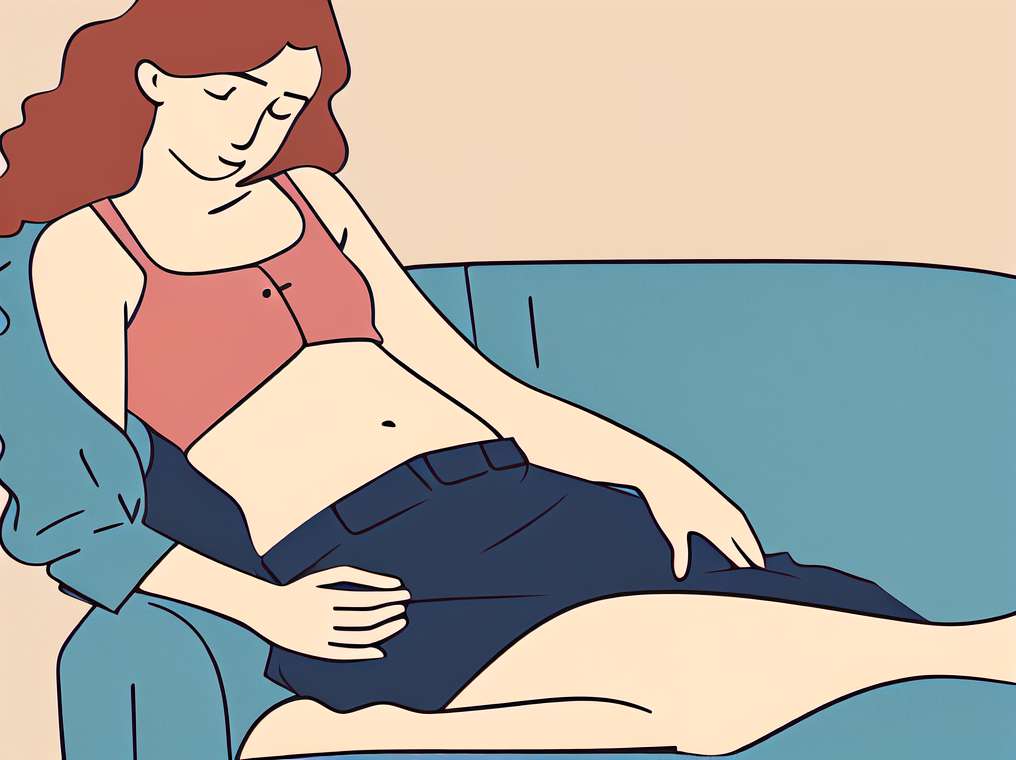Fill your day with natural energy
April 2024

Although not all vaginal problems can be prevented, regular check-ups or check-ups can help ensure that problems affecting the vagina are diagnosed as soon as possible.
Not all intimate conditions require specialized attention, as in the case of irritation or secretions; however, there are some signs that it will be necessary to consult, especially when a vaginal yeast infection has been diagnosed in the past and similar signs and symptoms reoccur.
There are some signs that will help you determine if it is necessary to go to a specialist, the main ones are:
1. A change in color, odor or amount of vaginal discharge, especially when accompanied by fever
2. Vaginal redness, itching or irritation
3. Vaginal bleeding between periods, after having sex or after menopause
4. A lump or lump in the vagina
5. A feeling of pressure or heaviness in the vagina
6. Pain, especially when having sex
7. Vaginal dryness or lack of lubrication
In addition, there are several factors that can affect the vagina, some modifiable and others not, such as:
1. Sex without protection
2. Aggressive sexual relations and pelvic fractures
3. Diabetes and autoimmune diseases
4. Reactions from prolonged use of antibiotics and some medicines or products for intimate hygiene, contraceptives and other medications.
5. Hormonal changes and psychological conditions, such as anxiety, depression or stress.
All these factors generate a large part of the signs of a vaginal problem, so those that are modifiable should be treated with an opportunity to prevent other discomforts or diseases that affect the sexual health of a woman, as well as their quality of life.